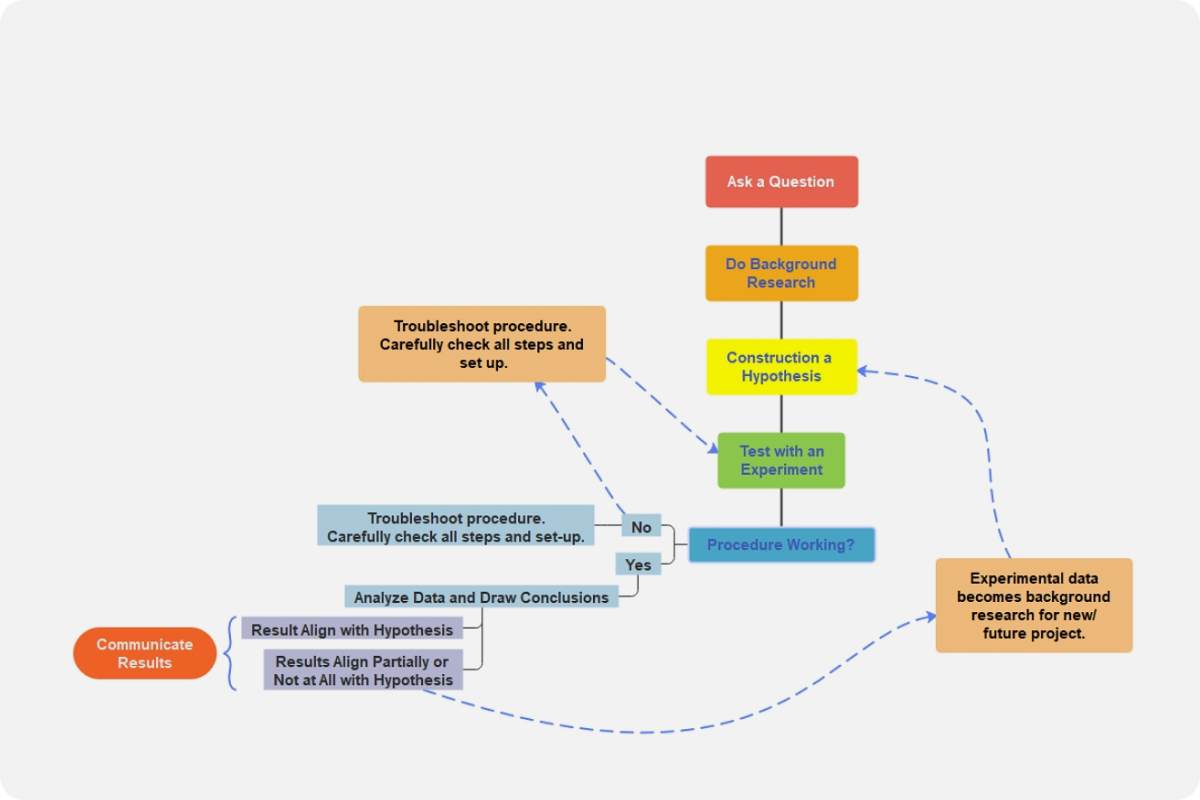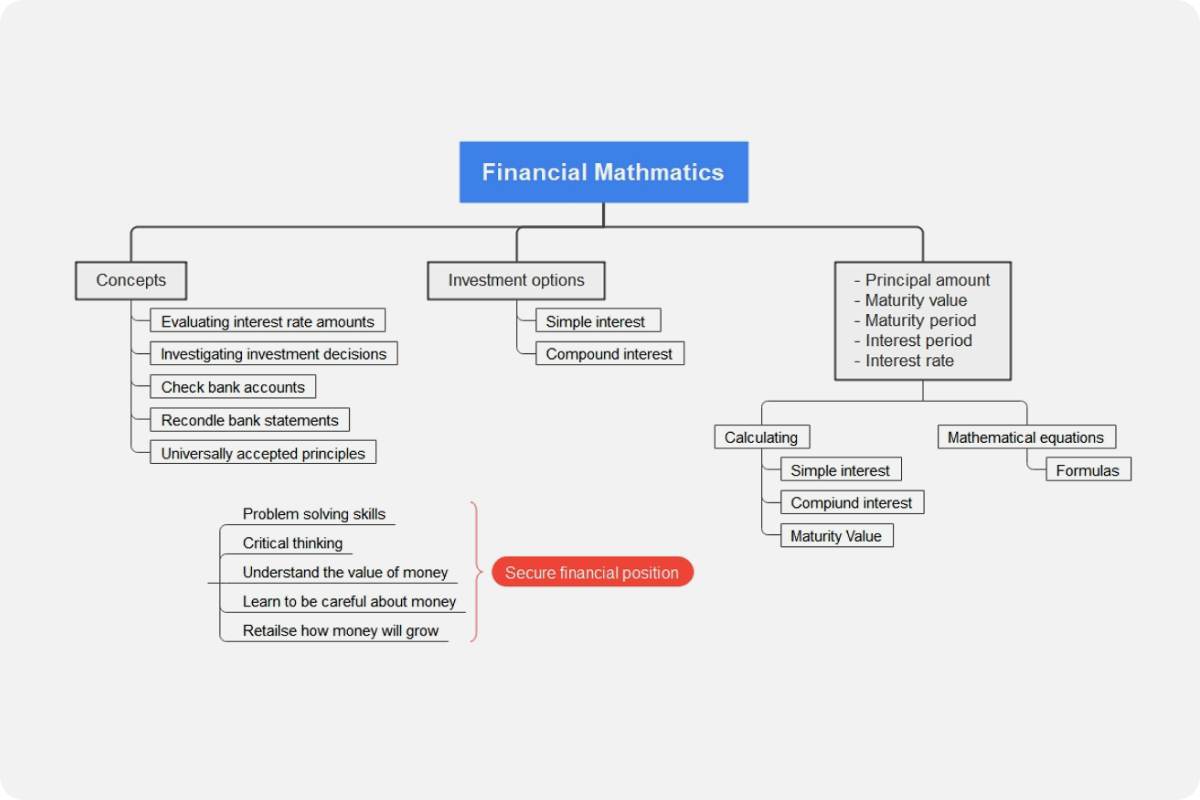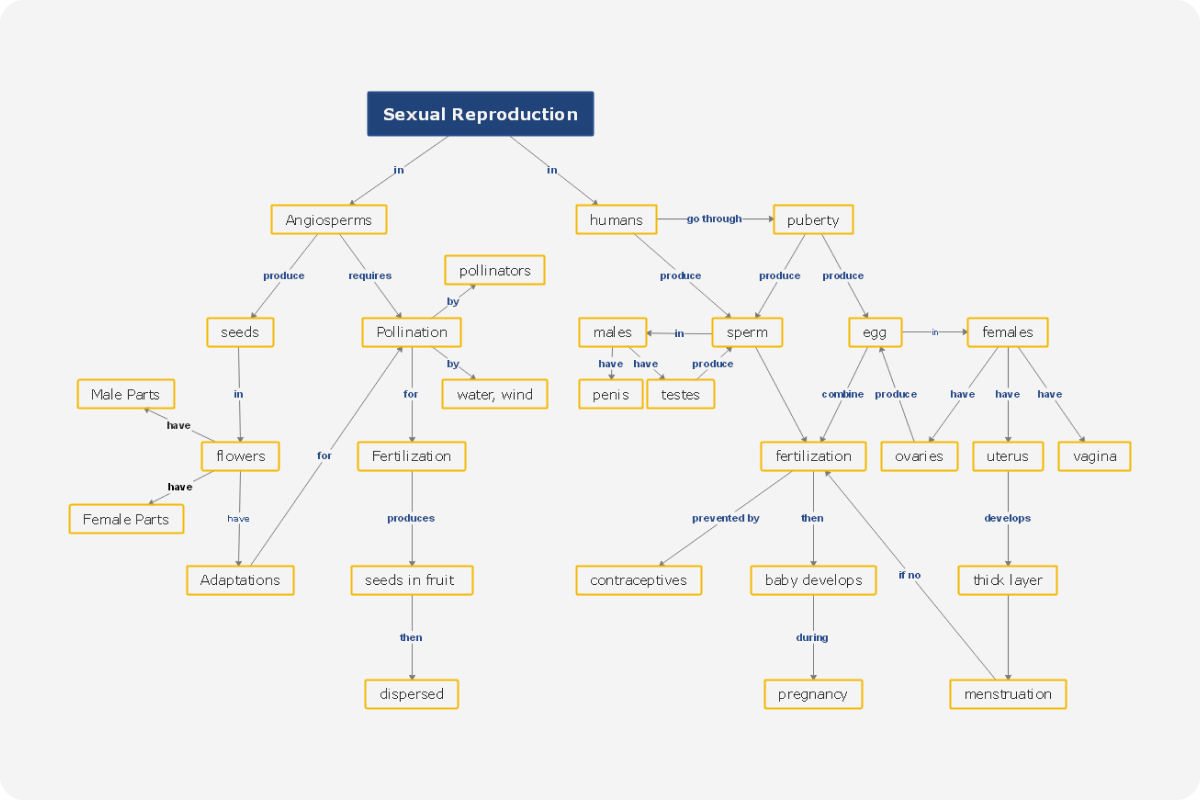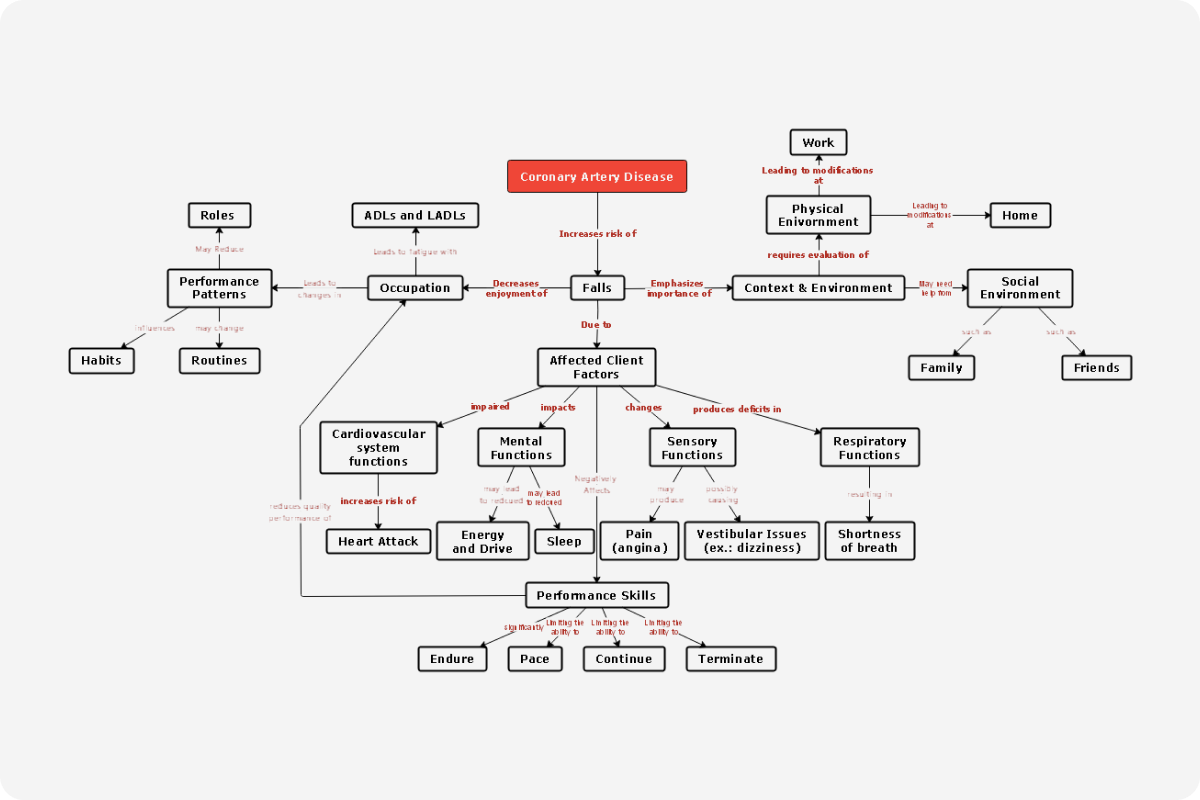What is the immune system?
The immune system of an organism is a network of biological mechanisms that protects it from disease. It can recognize and respond to a wide range of diseases, including viruses, intestinal parasites, malignant cells, and foreign materials such as wood, while keeping them apart from the organism's living tissue.
What are the parts of the immune system?
To safeguard the body, many cells and organs collaborate in the immune system. Following are the parts of the immune system that works together to fight the intruders that might attack our immune system.
Leukocytes, or white blood cells, are crucial aspects of the immune system. Phagocytic cells are a kind of white blood cell that consumes pathogens that enter the body. Others, known as lymphocytes, help the immune system recall and eliminate intruders. A neutrophil is a type of phagocyte that fights bacteria. Doctors can order a blood test to see if the body has produced a large number of neutrophils as a result of a bacterial infection. Other phagocytes are in charge of ensuring that the body reacts to invaders in its unique way.
Lymphocytes are divided into two types: B lymphocytes and T lymphocytes. Lymphocytes start as B cells in the bone marrow and then travel to the thymus gland to develop into T cells. B lymphocytes are the body's defense mechanism, detecting threats and directing responses accordingly. T cells, like warriors, are in charge of eliminating invaders detected by the defense system.
How does the immune system work?
The immune system attempts to identify and destroy dangerous items known as antigens when they are detected by the body. When B cells are activated, antibodies (also known as immunoglobulins) are created, which bind proteins to antigens that are specific to them.
Antibodies are designed to stay in our bodies after they've been made in case we have to fight the same virus again. Immunizations similarly prevent a variety of ailments. Immunization is a process that involves exposing the body to an antigen without making it ill. It does, however, allow the body to create antibodies that will protect the patient from future germ invasions.
Antibodies can recognize and cling onto an antigen, although they are incapable of killing it on their own. This is handled by T lymphocytes. Antigens that have already been tagged by antibodies, as well as tainted or changed cells, are all destroyed by them. T cells are even referred to be "killing cells" in some cases.
How to boost your immune system?
For your first line of defense, live a good and healthy life. Following fundamental good-health standards is the single best precaution you can do to effectively keep your immune system functioning properly.
Every component of your body, particularly your immune system, functions better when it is protected from environmental attacks and reinforced by healthy-living strategies like these:
- Stop smoking
- Have fruits and vegetables
- Exercise four times a week
- Maintain your healthy BMI
- Stop drinking alcohol daily
- Give yourself some rest days
- Wash your hands before and after the meals
- Reduce stress levels
- Get vaccines for your immune system
The immune system invading army is present on its stomach, just like any other battle force. Healthy immune system fighters require consistent nutrition. Scientists have known for a long time that people who are poor and hungry are more susceptible to infectious diseases.
Immune system concept map examples
Example 1
The immune system is divided into two parts, that are acquired and innate. The acquired immune system is the immunity that we get throughout our lifestyle and diet. And the innate immune system is the immunity that is provided by birth. The following concept map of the immune system is the types of the immune system, and how it is further branched out and what every cell is supposed to do for a better understanding and learning.












